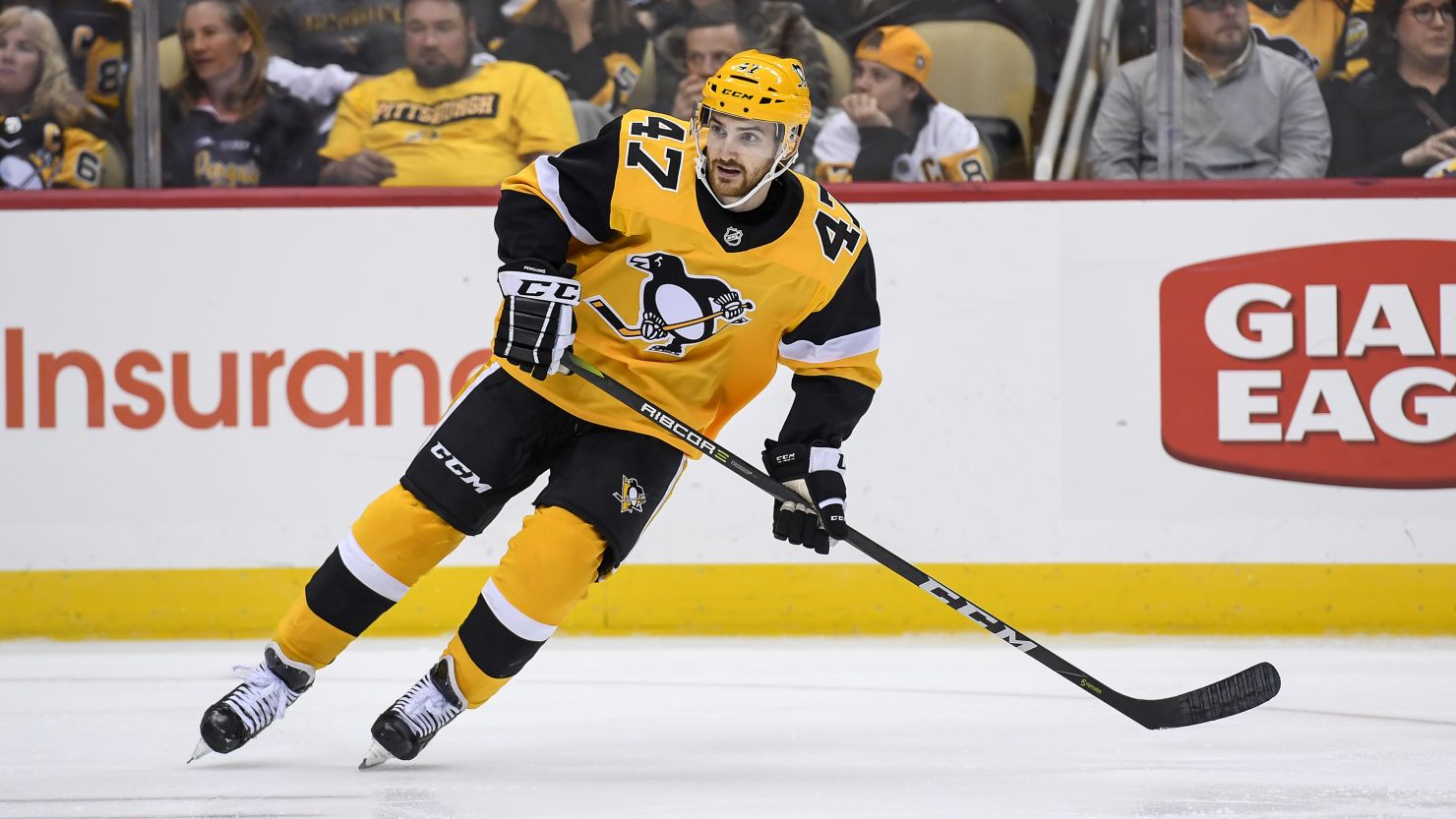7 Trends Daily
Stay updated with the latest insights and trends across various sectors.
Skating on Thin Ice: The Wild World of Hockey Rivalries
Dive into the fierce rivalries of hockey! Uncover the passion, drama, and unforgettable moments that make fans lose their cool.
The Physics of Rivalries: How Intense Competition Shapes Hockey Performance
The physics of rivalries in hockey can be understood through the lens of competitive dynamics and the intense energy generated during games. Rivalries often lead to heightened emotions and increased adrenaline levels, which can significantly impact a player's performance. When teams face off against their fiercest competitors, the psychological pressure can result in players pushing their physical limits, leading to faster skating speeds, more intense body checks, and dynamic plays. This competitive atmosphere not only motivates players but also influences their strategic decisions on the ice, as they aim to outmaneuver their rivals while adhering to the laws of physics that govern their sport.
Moreover, the intense competition among rival teams can create a feedback loop that enhances overall performance. As players react to their opponents' moves, they must constantly adapt their strategies, playing styles, and even their physical conditions. This adaptation is supported by principles of physics—such as momentum, force, and energy transfer— which dictate how players interact with the puck and one another. Ultimately, the physics behind these rivalries not only drives individual player performance but also elevates the game as a whole, making each match not just a contest of skill, but a thrilling showcase of athletic resilience and strategic innovation.

Top 5 Historical Hockey Rivalries That Defined the Game
The world of hockey is steeped in intense rivalries that have not only driven teams to greatness but also played a pivotal role in shaping the history of the game. Among these, the fierce competition between the Montreal Canadiens and the Boston Bruins stands out. Their battles in the NHL have consistently captivated fans, marked by iconic players and unforgettable moments. This rivalry is fueled by a deep-rooted animosity that transcends the ice, engaging entire cities and making it a hallmark of North American sports history.
Another legendary rivalry is between the Detroit Red Wings and the Colorado Avalanche, which reached its peak during the late 1990s and early 2000s. Their matchups were characterized by not just skill, but also fierce physicality and dramatic playoff encounters that often defined the postseason landscape. The animosity between these two teams, highlighted by memorable fights and celebratory goals, has left an indelible mark on the game, illustrating how historical hockey rivalries can push teams to redefine excellence.
What Makes a Great Hockey Rivalry? Unpacking the Key Elements
A great hockey rivalry is often characterized by a combination of historic context, competitive balance, and passionate fan engagement. Rivalries like the Montreal Canadiens versus the Boston Bruins have deep roots, steeped in decades of intense competition and memorable moments. The geographical proximity of teams can also add to the stakes, making every matchup feel like a battle for local supremacy. Another key element is the competitive edge; when teams consistently contest for championships or playoff spots, the rivalry intensifies and becomes more meaningful for players and fans alike.
Moreover, the emotional intensity shared between teams contributes significantly to the essence of a hockey rivalry. This can manifest through dramatic games that involve late-game comebacks, controversial calls, or hard-hitting physical play, leaving a lasting imprint on fan memories. Rivalries thrive on the narratives built around players, coaches, and historical moments, fueling excitement and anticipation each season. Ultimately, it's this blend of history, competition, and emotion that transforms ordinary matchups into memorable clashes, illustrating what makes a great hockey rivalry.